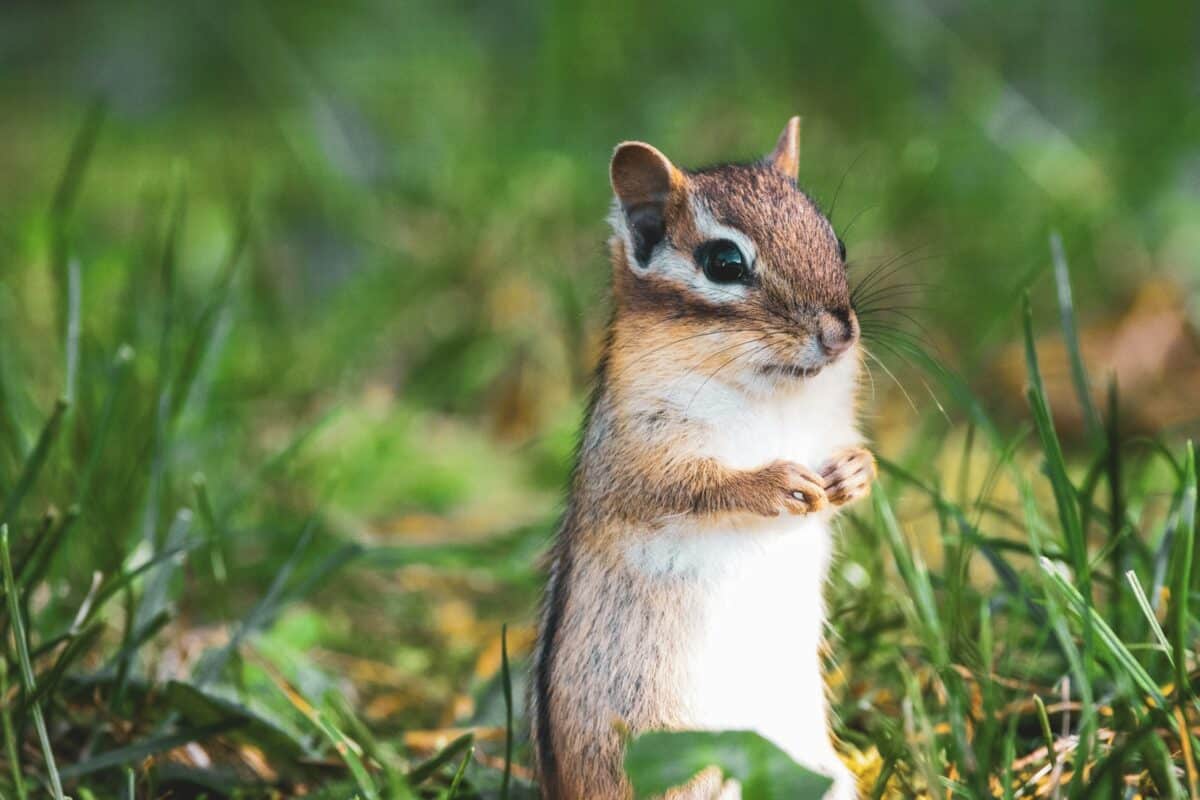Imagine stepping out into your backyard and finding yourself amid a bustling ecosystem filled with surprising wildlife visitors. While you might expect to see the occasional bird or squirrel, there are numerous wild animals quietly residing in suburban and urban environments, adapting remarkably well to human presence. Dive with us into the hidden world of your backyard to discover eleven wild animals that might be closer than you think!
11. The Resourceful Raccoon

These masked bandits are well-known for their intelligence and adaptability. Raccoons have found suburban environments, with their abundance of food and shelter, quite inviting. Known for rummaging through garbage cans, raccoons are nocturnal creatures and are often unseen during the day. They play a crucial role in the ecosystem by controlling insect populations and spreading seeds, but it’s wise to secure trash cans to avoid a messy surprise.
10. The Resilient Red Fox
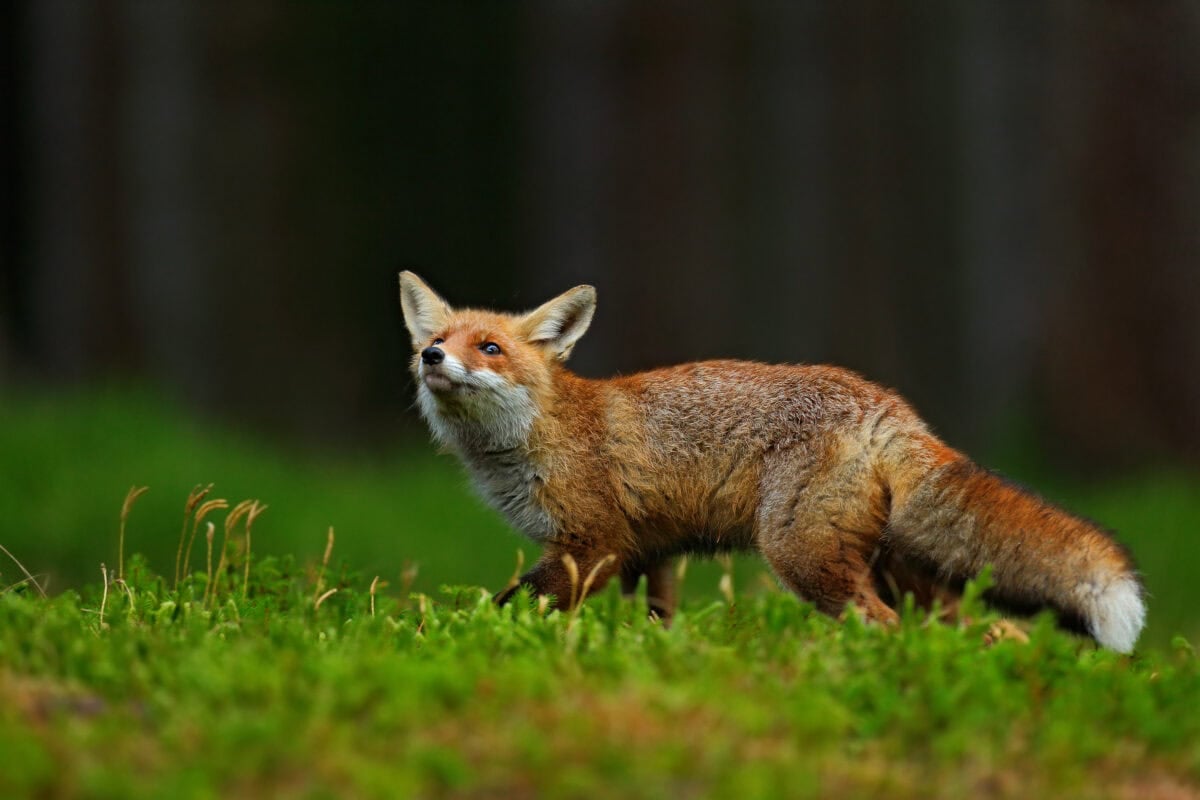
With their bushy tails and vibrant fur, red foxes are a sight to behold. These adaptable mammals have expanded their habitats from countryside to cities, thriving due to their omnivorous diet and solitary nature. They generally remain hidden, but at dawn or dusk, you might spot one darting across your backyard. Foxes help maintain the balance of small mammal populations, serving as stealthy backyard guardians.
9. The Cunning Coyote

Once thought to reside only in wild areas, coyotes have become a common presence in urban environments. These intelligent canines are highly adaptable and primarily active during twilight hours. Coyotes help control rodent populations but can pose a threat to small pets, so it’s essential to be cautious and respectful if they are spotted near homes.
8. The Gentle Opossum

Often misunderstood due to their rat-like appearance, opossums are harmless creatures beneficial to your backyard ecosystem. As North America’s only marsupials, they are proficient at pest control, eating ticks, rotting fruit, and household waste. Despite their intimidating hiss, opossums are not aggressive and will rarely defend themselves. Instead, they employ the famous tactic of playing dead when threatened.
7. The Agile Eastern Gray Squirrel

These energetic rodents are a ubiquitous presence in backyards across North America. Known for their acrobatics and swift movements, eastern gray squirrels rely on trees for shelter and food. They play a significant role in forest ecology by aiding in seed dispersal. Although they can become a nuisance when accessing bird feeders, their antics often provide endless entertainment.
6. The Elusive Skunk

Recognizable by their striking black and white coloring, skunks prefer a diet that helps control garden pests. While they are most famous for their malodorous spray used as a defense mechanism, skunks are generally peaceful and avoid confrontation. To coexist peacefully, ensure compost piles are secure and remove any potential food sources that might attract these nocturnal visitors.
5. The Soaring Red-Tailed Hawk
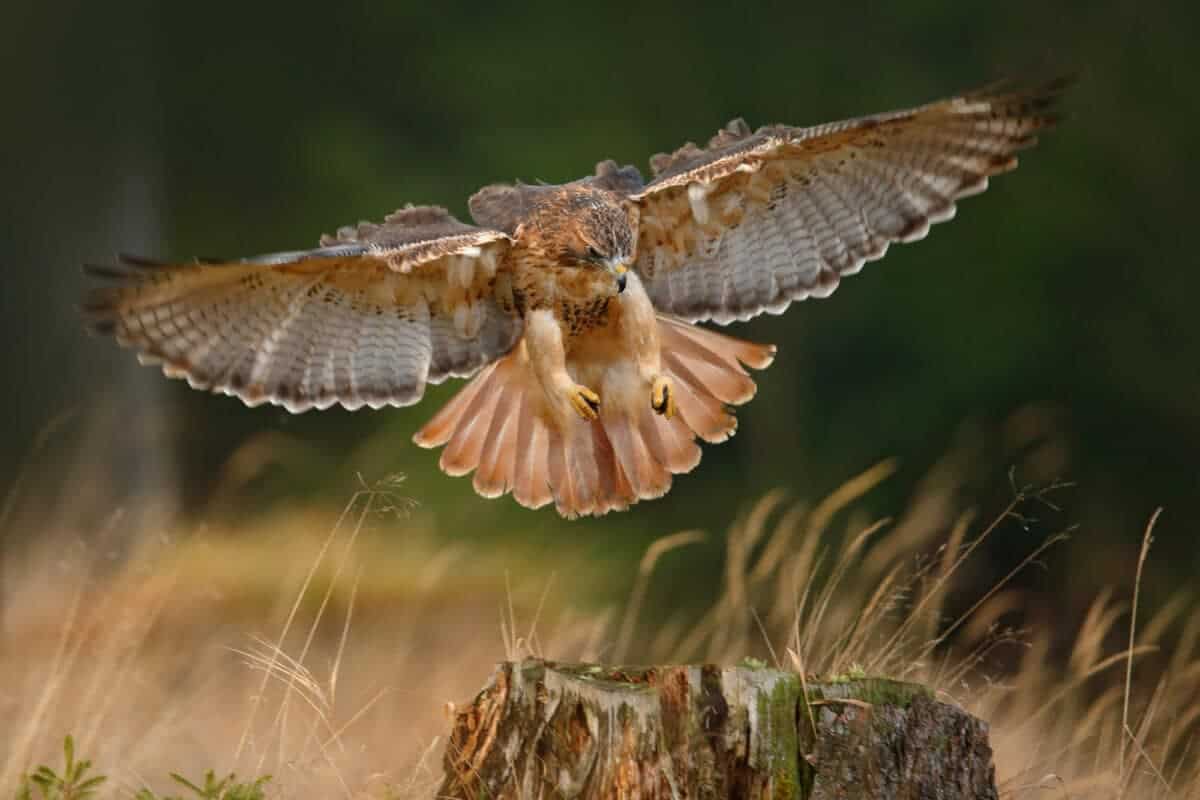
A symbol of freedom and power, the red-tailed hawk is a majestic predator often seen soaring high above. These birds of prey have adapted to urban areas where they can easily spot their next meal from above. Red-tailed hawks help regulate the populations of rodents and other small animals, providing a natural pest control service for your backyard.
4. The Versatile American Robin

This beloved songbird is a herald of spring, recognizable by its bright orange breast. American robins are a common sight in backyards, feeding primarily on insects and earthworms. As adaptable survivors, they build nests in trees, shrubs, and sometimes even on structures. They contribute beautifully to backyard biodiversity with their cheerful presence and melodic songs.
3. The Busy Bumblebee
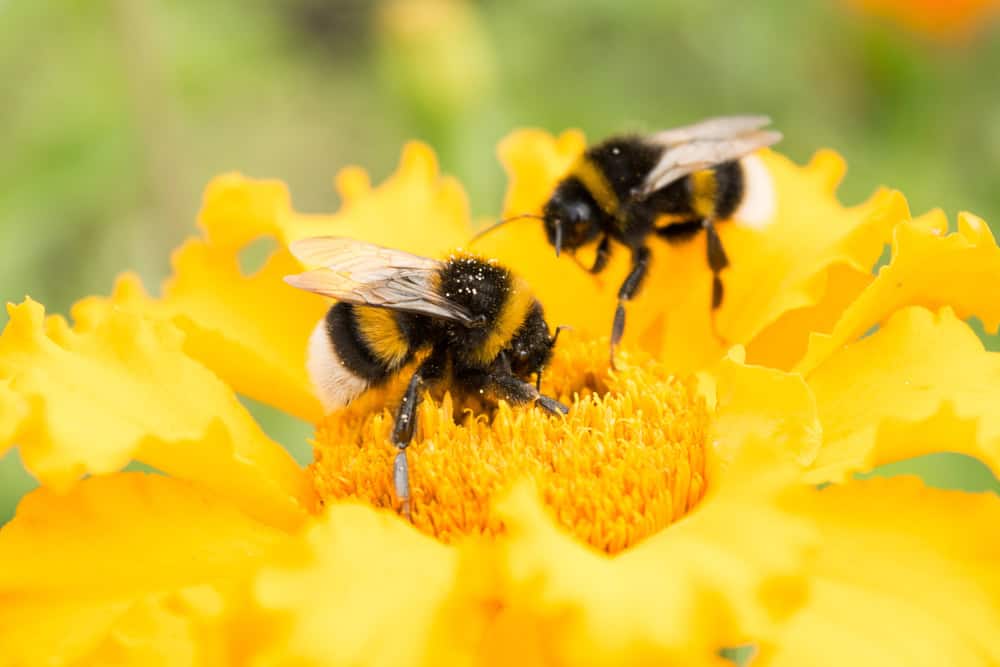
A critical component of our ecosystem, bumblebees are essential pollinators that frequently visit suburban gardens. These fuzzy insects are effective at pollinating a variety of flowering plants and crops, ensuring biodiversity and food production. Encouraging bumblebee activity by planting native flowers and avoiding pesticides benefits both the bees and your garden’s health.
2. The Mysterious Box Turtle
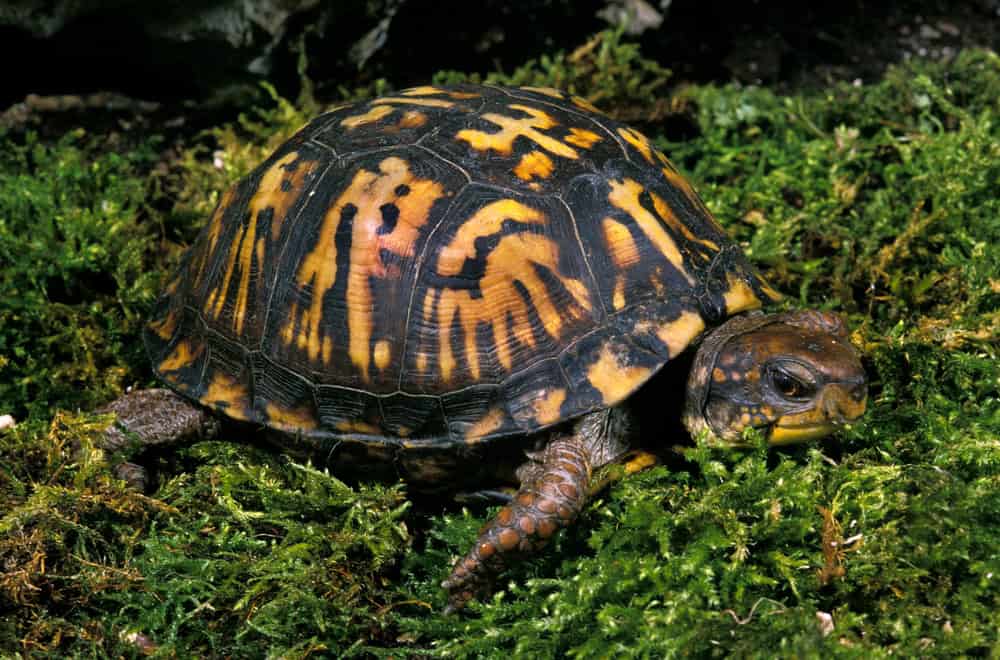
Box turtles are terrestrial reptiles often found in the leaf litter of backyards with ample undergrowth. These slow-moving creatures are long-lived and adapt well to a garden environment. As omnivores, they consume insects, worms, and fruits, contributing to pest control and seed dispersal. Providing a habitat, like a shallow water source or leaf pile, can enhance your backyard ecosystem for these turtles.
1. The Charming Chipmunk
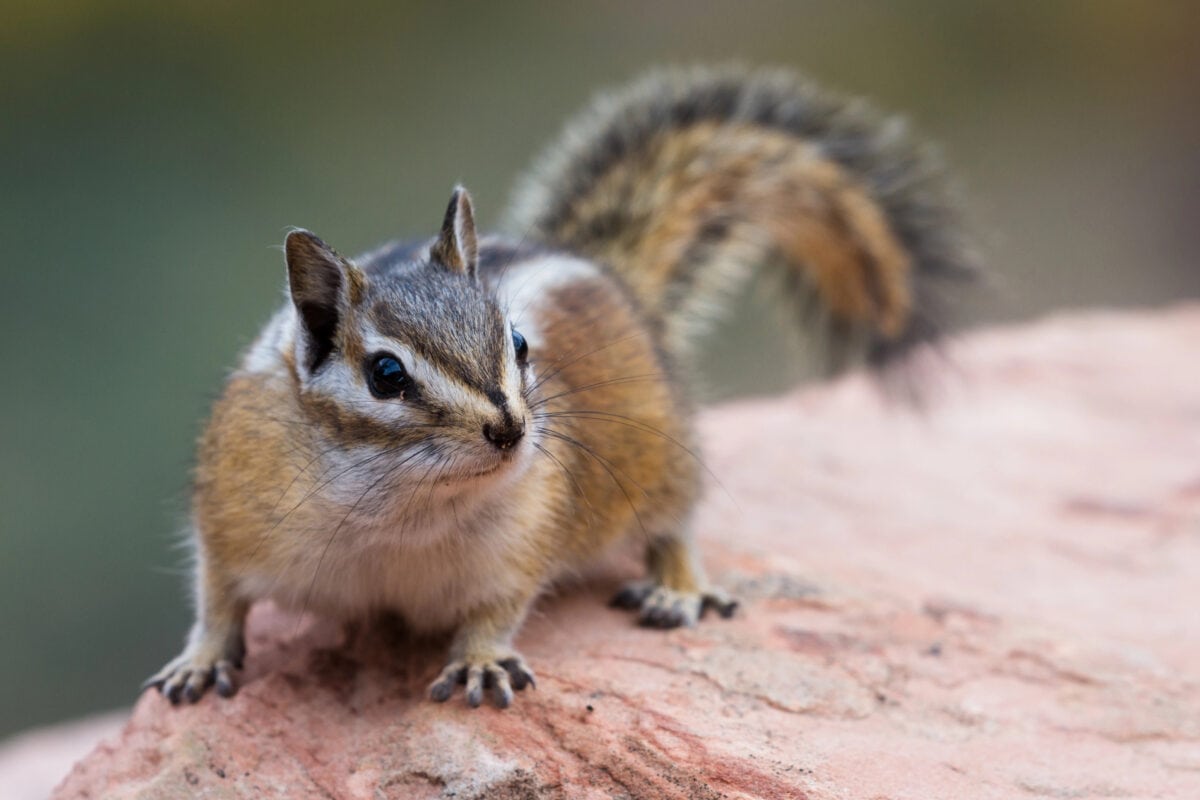
These small, striped rodents are delightful additions to any backyard. Chipmunks are known for their cheek pouches used to transport food to their underground burrows. They play a role in seed dispersal and soil aeration, promoting plant diversity. While chipmunks rarely cause significant harm, securing bulb plantings and keeping bird feeders tidy can avoid unwelcome surprises.
Your backyard is more than a private outdoor space; it’s a vital part of a larger ecosystem teeming with life. By understanding and respecting the wildlife that shares your environment, you not only promote biodiversity but also gain a deeper appreciation for nature’s wonders. Simple changes like creating habitats, planting native species, and minimizing chemical use can support these remarkable creatures. Embrace the untamed charm of your backyard’s wild residents and enjoy the vibrant tapestry of life thriving just outside your door.
- The Best US National Parks for Spring Wildlife Watching - August 24, 2025
- Why Bears Play—and What It Teaches Us - August 24, 2025
- 12 Dog Breeds That Can Survive a Coyote Attack - August 24, 2025

